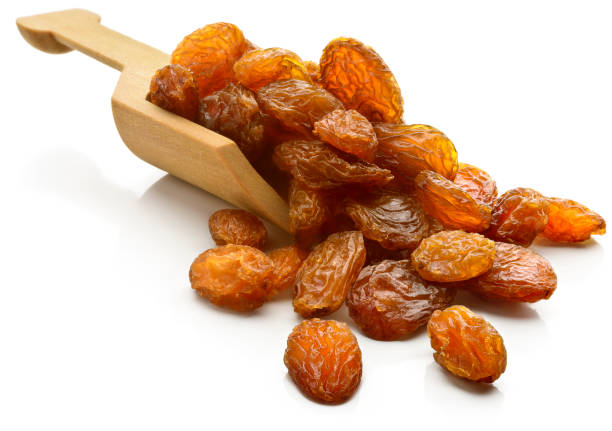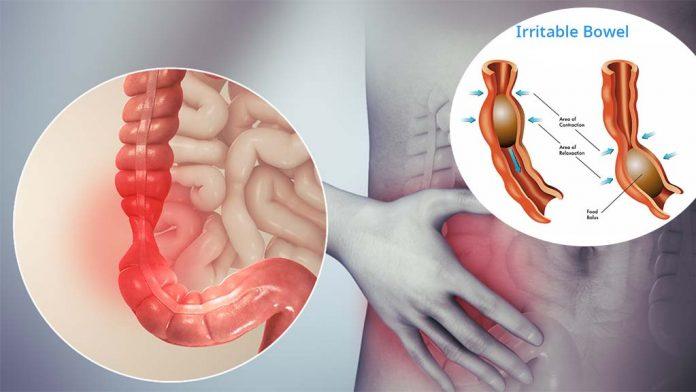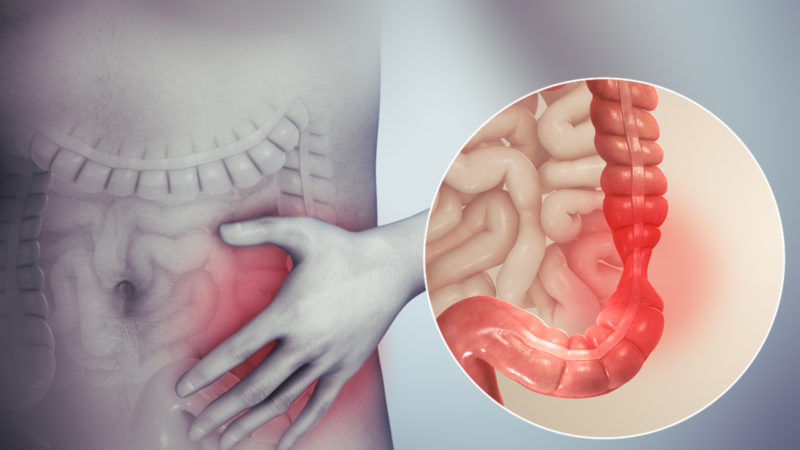Does Running Build Muscle?

Do you want to build stronger muscles? Does running build muscle, or should you opt for weight training? If you love running and want to know if running builds muscles or not, you have come to the right place.
People often associate muscle building with strength training. Not many people know that following the right training techniques and nutrition plan running helps to build lean muscles.
This is great news for people who do not like lifting weights to build muscle, so running is your next best bet. Here is everything you need to know about how running can help in building body and leg muscle.
Does running build muscle?
Running is one great way of building muscle as the repeated impact of running on pavements forms stress in the body. Running mainly helps to build leg muscle (hips down to feet).
The most commonly used muscles in the running are hamstrings and hip flexors, particularly when running at high speed and increasing strides every minute. Different types of running styles work on different muscle fibers.
There are mainly two types of skeleton muscular fibers in your body- fast twitch and slow twitch.
Slow Twitch muscle fibers support long and continuous exercise like long-distance running. They do not fatigue easily as compared to fast-twitch.
While fast-twitch muscle fibers help movements that need quick and powerful bouts of force. These muscles are built by making sprints, or even hill runs. Fast-twitch muscle fibers fatigue more easily.
It is important to work both these muscles when running as they help in improving running endurance, distance and speed.
How is muscle built?
Body muscle building boils down to one simple equation- stress plus recovery equals adaptation. Stress occurs in the body when we work our body harder than usual, like lifting weights, hitting the pavement when running, or bodyweight exercises.
Undergoing any physical stress during exercise breaks down muscle tissues which force the body to build stronger muscles. Recovery is equally important for stronger muscles by giving some time off to rebuild and get stronger. If you do not allow recovery time to muscles, it can make your body feel sore, and in turn, you will be unable to perform effectively during exercise.
Muscle recovery can also mean rest or performing low-impact workouts like light joggings or walking. If you give a few recovery days every week, the muscles will adapt to physical stress and will eventually become stronger.
What does running do to your body?
Running helps to build leg muscle; however, it largely depends on the duration and intensity of runs.
A study was done on 12 trained college students who followed HIIT and four sets of running at maximum capacity for four minutes followed by 3 minutes of active rest.
After ten weeks of HIIT workout 3 times a week, it resulted in an 11% increase in muscle fiber of quadriceps as compared to the control group.
Like running, aerobic exercise is thought to build muscle by controlling protein that interferes with muscle growth and lowers muscle protein breakdown. On the other hand, long-distance running increases MPB significantly and hinders muscle growth.
Short-duration, high-intensity running does help to build muscle; however, long-distance running can cause muscle damage and inhibit muscle growth.
Read More- Best Running Socks For Men and Women
Method to build muscles through running:
Running is a repetitive exercise, and it is important for building muscle to keep changing your training plans. In order to strengthen muscles, you need to challenge yourself continuously.
In some cases, running consistently for the same distance and speed can make your body lose muscle.
To build stronger muscle while running, it is essential to incorporate different styles of runs to work on different muscle fibers. For instance, long-distance runners can incorporate intervals, sprints, and high resistance runs to switch their routine and build muscle.
Here are some ways to improve your runs and build stronger muscles.
- High Resistance Interval Running – run with resistance for 5-12 seconds and switch to active rest for 60 seconds. Keep repeating 10 to 20 times.
- High-Intensity Continuous Training – run at low speed with high resistance for 5-20 minutes continuously.
- Sprint Intervals- sprint for 15-30 seconds and rest for 2 minutes. Repeat this at least 10 times.
- Long Distance Runs- run for 1 to 2 hours at the same pace. This helps in building slow-twitch muscle fibers.
- Recovery runs- walk or jog for 30 minutes. It is essential to incorporate runs and give your muscles a break to repair themselves.
Every person follows a different running schedule. The key to building stronger muscles is by pushing yourself and mixing up with different types of runs. Runners can also incorporate weight training to increase muscle mass further.
Nutrition Plan for building muscle via running
Good nutrition is essential to build muscle along with good running practice. Without adequate nutrition, most importantly protein, your body will not be able to support the muscle-building process.
Protein
Exercise stimulates MPS, and protein helps enhance it, even more, thereby promoting the greatest muscle gain. This is the reason why most people drink protein shakes post workout.
Experts recommend consuming 0.64-0.91 grams of protein per pound of your body weight every day to gain more muscles. This equals 96-137 grams of protein for a 150 pound (68kg) person.
Best protein sources include poultry, meat, eggs, fish, dairy, beans, soy, and legumes.
Carbs and fats
Carbs are the primary source of energy in the human body, especially for anaerobic exercise like sprinting. Diets high in fat and low in carbs like the Ketogenic diet impair anaerobic exercise performance.
Fat becomes the energy reservoir for the body during low-intensity exercise like long-distance running. To fuel the workout and ensure sufficient mineral and vitamin intake, aim to get 45-65% calories from carbs and 20-35% from fat.
Healthy carb sources to include in your diet are starchy vegetables, whole grains, beans, and dairy products. Good fat sources are extra virgin olive oil, fatty fish, avocado, seeds, whole eggs, nuts, and nut butter. Also, avoid running on an empty stomach if you do not wish to reduce your muscle.
Water
Water helps in regulating body temperature and other necessary body functions. The personal body needs of a person depend on many factors like body weight, age, activity levels, and diet.
Generally, it is recommended to drink 3.7 liters of water for men and 2.7 liters of water for women every day. This is for adults over 19 years of age and includes water content from beverages and foods.
Many people are successful in maintaining their body’s hydration level by drinking water when thirsty and eating a healthy diet containing fresh fruits and vegetables.
Final Words:
Now that you know that running does help in building muscle, it is important to follow the right techniques to get effective results. Long-distance running can inhibit muscle growth. Short-duration, high-intensity runs can promote strong muscle growth. Along with the right running techniques, it is also important to have a healthy diet and proper nutrition intake to support muscle building process.
What do you like best for muscle building, Weight training, or Running? Leave your answers in teh comments below.






